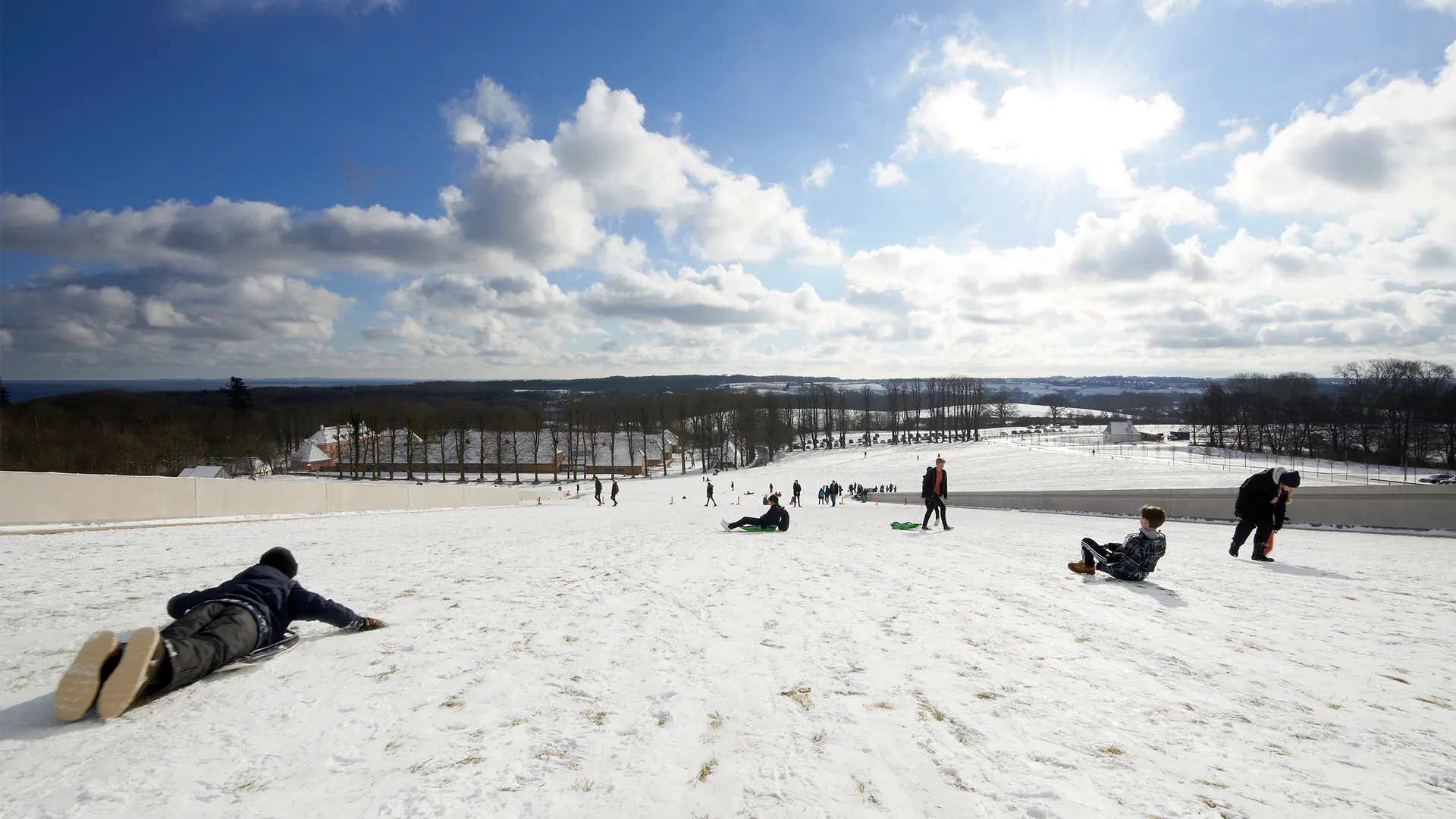The Scandinavian promise to release the potential of people

Nordic design is known worldwide for its particular focus on human experience - a focus that forms the foundation of our approach to design. But what does that actually mean, and how does it work? Design Principal Louis Becker explains.
How do you think of the expression ’Nordic’ in terms of architecture?
There is a promise in Scandinavia which focuses on human capital – To release the potential of people. We recognize that every individual can contribute to a discussion, and we want our spaces to reflect this. That is particularly Nordic. It’s not about exporting Scandinavia per se, but about how to translate a hypothetical interpretation of democracy into practical applications: How does the lighting and furniture of an office canteen help CEOs sit alongside new hires? How does it feel to drop our children off at kindergarten in the morning? What does an inclusive space look like between different cultural contexts? With architecture, we’re making a spatial expression of these values, and that emerges as a commitment to open, public spaces and individual potential.
What is the first thing you think about when you design a building’s interior and space?
Atmosphere. You might say functionality first, but it’s not -- The way we use materials and light determines how we feel, interact and work together, and this forms the basis of functionality. We need to create spaces which activate emotion – If you have that, functionality follows. It doesn’t work in the opposite direction.
How do you include human scale in architecture?
When we design, we must constantly think about how it is to physically exist within the space – It’s a personal investment, and a trained sensibility. If you’re just doing icons all the time, you risk losing a sense of human scale. To give a pragmatic example, it’s often nasty weather in Denmark – When we come inside from a wet cold that soaks through our coat, how do we make a space that immediately welcomes and comforts a visitor? It’s not just a matter of scale, but a matter of human experience – How do we design within the building’s local context to create a space that makes a personal gesture?
What is the most important factor for you when chooseing materials indoor?
We don’t pick the material first, but rather our intended effect. Because we do so much research going into our projects, we select materials with a clear idea of what effect we want to accomplish, and this is always a collaborative decision. We’ve done our research and discussed our goals, and we have a shared understanding of purpose. Coming from a shared ownership of the project is at the core of what we do, and this is perhaps an expression of our Scandinavian background.
How important is it to interior and space where a building is placed?
Placement is everything. Our designs must fit their context – which means everything from neighboring buildings and landscape to weather conditions and local cultural norms. We need to make a statement that our creations are a part of their community, and that means designing interior spaces that feel connected to the outside world. When people feel a connection to green space and natural daylight, they are more comfortable and productive. When passersby can see into interior spaces of an office from the street, that’s a statement of transparency that fosters trust. Building placement shapes how we connect our interior spaces to the outside, which is something we do for the sake of both building occupants and the surrounding community.
From the book ”News in Nordic Architecture”, 2019



